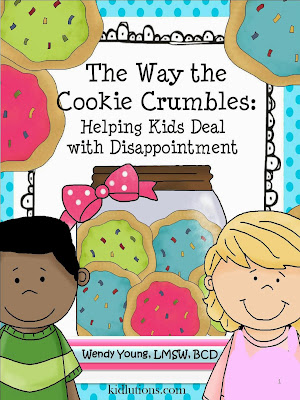Teaching Kids to Calm Down
These techniques are also included in BLOOM:
Amazon's #1 New Release in Parenting School-Aged Children
Teaching Kids to Calm Down
Teaching kids to calm down is both a science and an art. When we are agitated, upset or anxious, our prefontal cortex takes a hiatus and we're left to deal with just our emotional brain (which, if you haven't noticed, doesn't always exercise the best judgment or make the best decisions).
It's clear that stress, anxiety, anger issues and other concerns related to self-regulation (the ability to calm ourselves down and find balance) is alive in present in the lives of many of our readers, based upon the huge numbers of you who frequent Creating a Calm Family, 6 Steps to a Calm Family and Worry Warriors.
Get Our Download to Use in Your Home or Classroom
 |
| Find link below, or click on image above to access your printable. |
We recently released this FREE printable to go along with this post. You can find it all to download, print and keep for a hand reference in your home or classroom!
When Kids' Engines are Revved Up
When kids' (or our) engines are revved up, a chemical chain reaction of sorts takes place, dumping adrenaline, cortisol and other hormones throughout our body. This served our ancestors well when they stared down the face of a sabre-toothed tiger and needed the energy and stamina to escape their predator. However, it's not such a great thing for a kid when they are being asked to complete a math assignment in class or get ready for bed.
What looks like oppositional behavior may actually be stress and anxiety. But how do we change it?
Getting to CALM
In order to get the prefontal cortex back online, we need to sooth the limbic system (emotional brain). One of the simplest ways to achieve this is by breathing. I have two quick breathing exercises, one of which can be used anywhere by anyone and it's FREE! The other one can be used by anyone, too, but it requires bubbles (or you can just pretend you're blowing bubbles).
Balloon Breathing
When we become stressed, we often breathe very shallow, filling our chests with air. Deep breathing requires that we fill our bellies with our breath. We should actually feel our diaphragm expand and contract when we do it right. For kids, we can tell them to pretend they have a balloon in their belly that is filling with air when they breathe in, and that it deflates when they breathe out. Demonstrate and practice with them, how to take deep breaths and exhale. Encourage kids to hold to their hands on their bellies to feel them expand when they are first learning how to do this. Repeat several times. There you have it, plain and simple...Balloon Breathing.
Bubble Breathing
This one is great for outdoors or anywhere else you don't mind if a bit of bubble solution spills over, such as a kitchen or bathroom. For this technique, simply ask kids to inhale deeply (filling their bellies with air) and exhale slowly, blowing the bubbles while they do so. This will help kids become more conscious and intentional about breathing out slowly. (It's pretty hard to blow bubbles when you are breathing forcefully out.) When kids become stressed, they can be encouraged to balloon breathe or bubble breathe (with or without the bubbles).
When/How to Teach These Skills
Teach kids these skills when they are relaxed and unhurried. It's of limited use to try to teach such skills when a child is already in overdrive. The brain is not receptive to new learning at this point. A relaxed and happy brain learns best.
Practice, Practice, Practice!
This isn't a one and done technique. You will need to remind kids and practice these techniques with them several times before it becomes something they naturally do on their own. Eventually, they will do it on their own. Isn't it grand? Teach great coping and self-regulation skills that will last your child her whole life through!
Be well,

Wendy Young, LMSW, BCD, is the founder of Kidlutions and co-author of BLOOM: 50 Things to Say, Think and Do with Anxious, Angry and Over-the-Top Kids, co-creator of BLOOM Brainsmarts, and creator of The Joyful Parent. She is the author of numerous workbooks and resources to help from the preschool through the teen years.
.jpg)







Comments